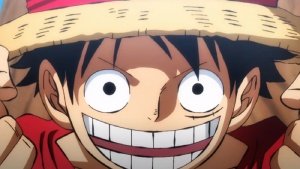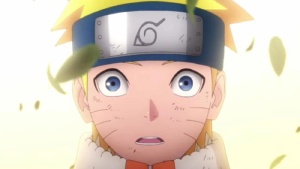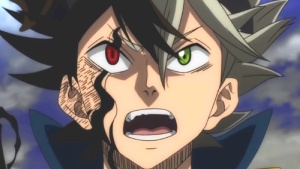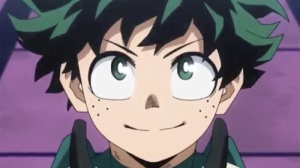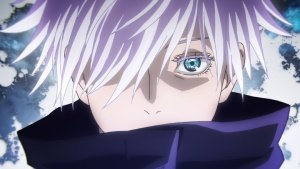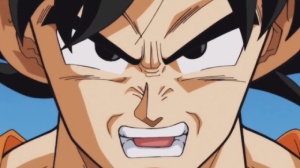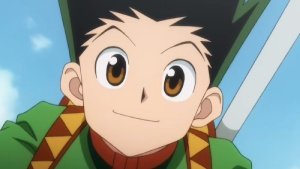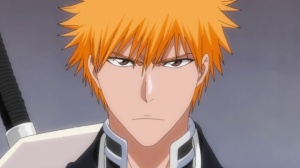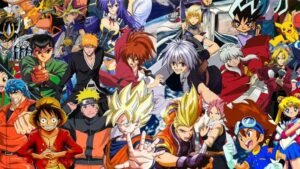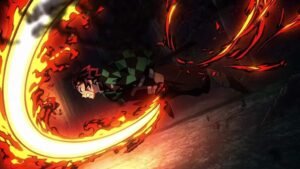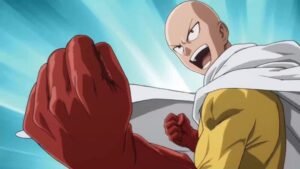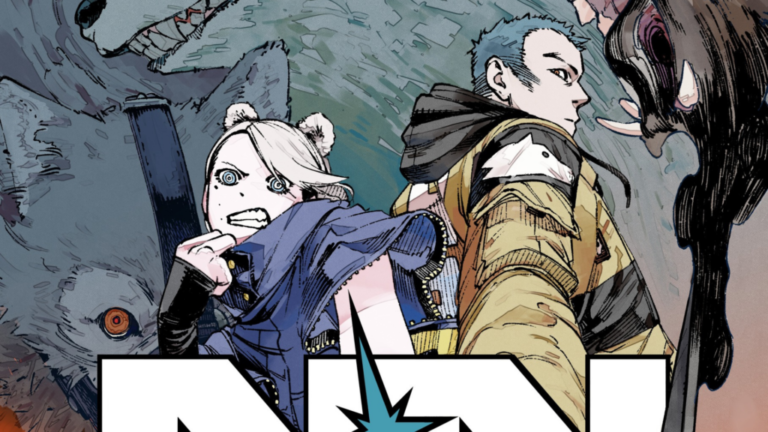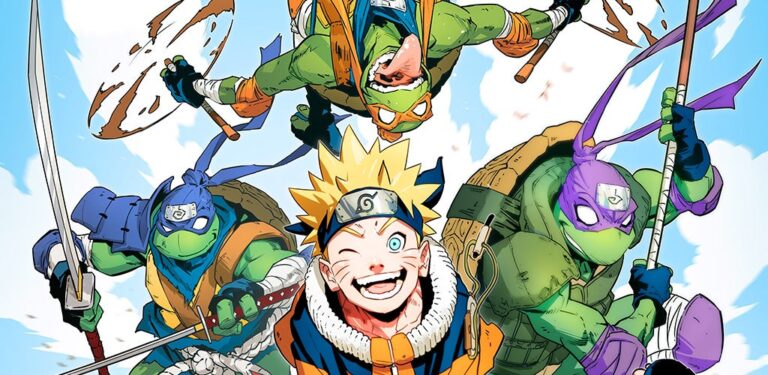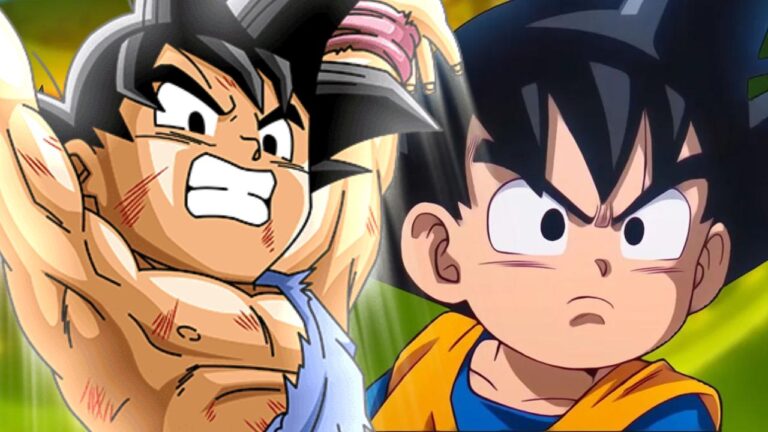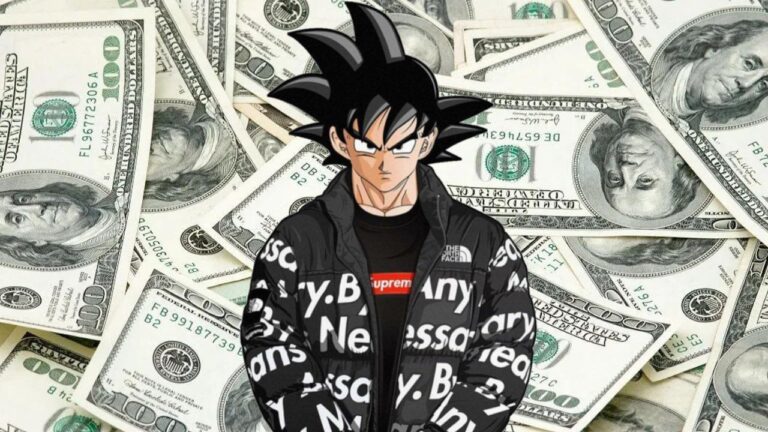Kinnikuman Manga Ended Because Of Dragon Ball?! Author Reveals The True Reasons Behind The Manga’s Sudden Closure
We found ourselves in a position where surpassing Akira Toriyama seemed impossible, said Kinnikuman co-author Takashi Shimada.

If you’re an old school manga fan or even a recent watcher of anime, you might have come across the name “Kinnikuman”. It’s basically a tournament arc, the manga, in which this shark-like muscle man trains hard to win a wrestling tournament, enabling him to retain his title as the Prince of his home planet.
This manga became one of the best-selling series in Japan, selling over 77 million copies by 2021 and its creators still earn from their contracts with Jump and the anime production team for the recently made remake to this day.
However, some of you may not know that the manga ended abruptly during its peak and on May 24, 2024, the co-creator of Kinnikuman, Takashi Shimada, reveals the TRUE answer behind this mystery in an interview with Weekly Osakanichinichi Newspaper.
Kinnikuman was at the peak of its popularity in Japan when it ended on May 4, 1987 (despite coming back later with a sequel), and there are three primary reasons behind this.
- Takashi Shimada’s chronical backache
- Dragon Ball taking the spotlight from 1987-1995
- Fan pressure
The backache posed a huge toll on Shimada-sensei as he was pressured to continue just to save his job.

(Takashi Shimada, co-author of Kinnikuman)
In the sixth year of serialization, the author developed a chronic back illness, making it difficult to continue writing the original story. However, from the time of their debut, they were told by their editor, “You can’t take a break from Weekly Shonen Jump serialization. If you take a break, you will be fired immediately.” This was because, at that time, there were few games and other forms of entertainment, so children relied heavily on manga for entertainment and eagerly anticipated new releases.
Kinnikuman was particularly popular, which heightened the pressure. Additionally, the author was working on a parallel series, “Toushou! La Mian Man,” which was a unique situation among manga artists. Due to these circumstances, the author was eventually granted permission to take a break, even though he personally wanted to continue drawing.
This hiatus cost him and Kinnikuman the position of being Weekly Shonen Jump’s top manga as Akira Toriyama’s Dragon Ball rose to the top from 1984 and its popularity peaked from 1987 to its end in 1995.
When Shimada-sensei returned from his break in 1987 after his backache improved, he became discouraged by the success of Dragon Ball and its #1 position, which Kinnikuman had before. Moreover, at the time, Dragon Ball began incorporating elements of Kinnikuman like tournaments & saw newfound popularity. The introduction of Tenkaichi Budokai, which led to Dragon Ball’s explosive fame, came at a cost for both Fist of the North Star and Kinnikuman.
Therefore, in 1987, Takashi Shimada and Yoshinori Nakai decided to end the series because Shimada-sensei was constantly told that he wasn’t a manga artist unless he was No. 1 and both of them reluctantly agreed.
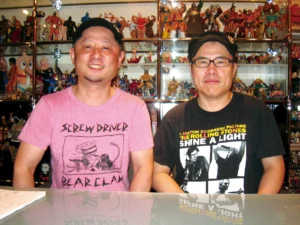
(Takashi Shimada and Yoshinori Nakai)
Eventually, Shimada-sensei did start another manga called Here Comes Phantom Kid! (Yūrei Kozō ga Yattekita!) but it gradually lost popularity and couldn’t keep up with Dragon Ball’s success. Within a year from 1987-1988, the mangaka was asked to stop and both he and Nakai-sensei left Shonen Jump.
Fan pressure was the ultimate deciding factor, in their exit.
“When I was at Jump, I got a one-year contract from Shueisha, so I could live well enough even if I didn’t draw manga. But from the fans’ point of view, they would say, “What’s up with these guys? They don’t draw manga at all”. So suddenly Nakai-kun said, “Let’s quit Jump and draw for other magazines”. I was single, so it was fine, but Nakai-kun had a family to support, so I asked him, “Are you going to be OK?” I asked back. Nakai-kun said, “It’s no good if readers forget about Yudetamago as a manga artist, so I’ll draw for other magazines.”
When asked to talk about the story from the end of the serialization in 1987 to its return as “Kinnikuman II” in 1998, Shimada-sensei quoted what Ozamu Tezuka (author of Astro Boy) said to him in order to be a successful manga-to be a master of 3 different genres. However, that didn’t work out well as his mind went back to the success of Dragon Ball and Akira Toriyama.
“Years ago, Osamu Tezuka shared some advice with me: “To be a top-notch manga artist, you need to master three different genres.” Inspired by his words, after finishing Kinnikuman, I ventured into creating manga about ghosts and robots. During the era of Akatsuka Fujio-sensei and Tezuka-sensei, I was juggling various genres on my own. However, as time went on, my focus in manga became more specialized, delving into themes like the Self-Defense Forces and finance. Similarly, Mizushima Shinji, known for Dokaben, also explored multiple genres, though his primary focus remained on baseball manga, something we hadn’t fully recognized. When my robot manga “SCRAP Santayu” struggled and eventually ended, Dragon Ball continued to dominate. We found ourselves in a position where surpassing Akira Toriyama seemed impossible. “
Then, a meeting with a certain KADOKAWA editor changed his life by not only let him draw but also bring back Kinnikuman for a sequel! Shimada was so emotional when Kinnikuman II (Ultimate Muscle) became a success in a separate magazine, that he began to cry. He realized the fans didn’t abandon them.
“Then one day, I was approached by a Kadokawa editor who asked me to do a one-shot manga of Kinnikuman. So, after a long time, I published a Kinnikuman one-shot in Shonen Ace. It sold like crazy, and the comics were reprinted over and over again. I was so happy to know that readers had been waiting for Kinnikuman that I cried.”
The one-shot he was referring to was Muscle Returns, which was published in Kadokawa Shoten’s Kakutō Ace in January 1996. After the publication of several one-shots of Ultimate Muscle: The Kinnikuman Legacy from August 1997 to February 1998, it began appearing regularly in Weekly Playboy from April 1998 to 2004. Despite the title, the series only began regular publication on November 28, 2011, in Shū Play News, Shueisha’s web version of Weekly Playboy.
Since the series’ revival in 2011, both Takashi Shimada and Yoshinori Nakai had published two related one-shots in Shueisha’s magazines. The first, a 43-page one-shot titled “Kinnikuman Chōjin Retsuden” (Kinnikuman Superman Biographies), was released in 2015 in Grand Jump, delving into the stories of the “supermen” characters.
Four years later, in 2019, another 47-page one-shot called “Sayonara, Kinnikuman!! no Maki” (The ‘Goodbye, Kinnikuman’ Story) was published in Weekly Shōnen Jump, featuring the supermen’s appearance at the main character’s retirement ceremony.
About Kinnikuman:
Kinnikuman is a Japanese manga series created by the duo Yoshinori Nakai and Takashi Shimada, known as Yudetamago.
The manga was initially published in Shueisha’s shōnen manga magazine, Weekly Shōnen Jump, from 1979 to 1987, and Toei Animation first adapted it into a 137-episode anime series that aired on Nippon Television between 1983 and 1986. It resumed publication in 2011 through Shueisha’s web magazine, Shū Play News, leading to spin-off manga and anime series, video games, anime films, and various Kinnikuman merchandise.
Additionally, a sequel titled Kinnikuman: The 2nd Generation (known as Ultimate Muscle outside Japan) was serialized in Weekly Playboy from 1998 to 2004. Viz Media published this sequel in North America as Ultimate Muscle. It inspired three different television series, all broadcast on TV Tokyo in Japan and released in North America by 4Kids Entertainment.
A new anime television series adaptation by Production I.G, based on the 2011 revival manga and commemorating the 40th anniversary of the original anime, is slated to premiere in July 2024 on CBC and TBS’ Agaru Anime programming block.
MyAnimeList describes the overall plot of Kinnikuman as follows:
Kinnikuman (a.k.a. Kinniku Suguru) is a cowardly, clumsy, moronic, gyuudon-devouring excuse for a superhero (or Choujin)… who just happens to be the prince of an alien planet. But despite his pathetic appearance, he is very honorable and can become quite powerful when he needs to be. With his sidekick Meat-kun and fellow Choujin’s Terryman and Ramenman there to help him, Suguru quests to become the greatest Choujin on the planet. Whether with a combination of tremendous heart and stamina (The Burning Inner Strength) or the “Power of Friendship,” Kinnikuman frequently defeats villians 10 times more powerful than him and often causes his enemies to have a change of heart and join him. Though he seems destined to be an idiot forever, slowly but surely Kinnikuman becomes worthy of the title “Hero.”
Source: Weekly Osakanichinichi Newspaper’s official site, via Twitter
